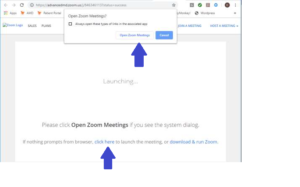


Orient people to the tools you’ll be using.Zoom also has a helpful tutorial on the whiteboard annotation tools. If you haven’t used Zoom’s whiteboard feature before, check out their handy Zoom whiteboard guide. Whiteboards can be used for brainstorming and grouping ideas, and – if you’re creative – even dot-voting using the “stamp” tool. Use Zoom tools for more robust and engaged participation.If you're in a meeting with a Polycom phone, be aware that noises that seem fairly quiet to you (like crumpling up a sandwich wrapper) will sound much louder to those joining the meeting remotely. Keep your microphone on mute if you aren't talking. This is because it prevents feedback and echoing that can occur when participants must continually mute and unmute their microphones.Įntering your unique participant ID when you join a meeting ensures that Zoom recognizes you and displays your name for others in the meeting to see. Wearing headphones improves your own experience of hearing others in the meeting, and it also improves the experience for everyone else. Turning on your camera can help encourage others to do the same, and it helps boost meeting engagement as a result. It’s easy to get distracted by other things when you’re on a conference call. Be mindful of who's spoken and who hasn’t, and call on people to ensure that everyone is participating equally. Greet people as they join the meeting, just as you would when people enter a room in person. Get participants engaged during the meeting.Let participants know ahead of time if your expectation is for them to be joining by video or if audio-only is fine. Remote-meeting engagement is often better if everyone joins via video rather than voice alone. These tips were originally developed by the UCSF Program Management Office (PMO).


 0 kommentar(er)
0 kommentar(er)
